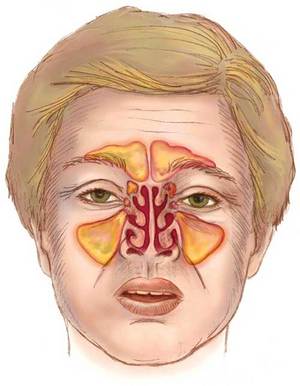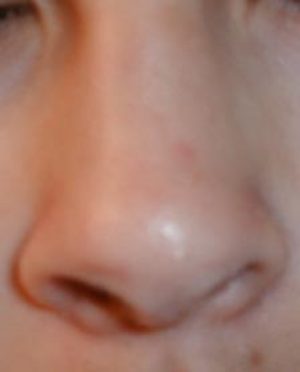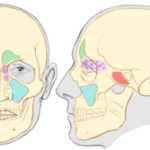Each year, millions of dollars are spent on healthcare and medical treatment associated with sinusitis. For many patients, the sinus infection, polyps, are the direct result of the abnormal tissue growth or infection of bacteria and, in some cases, viral infection.
For some sinusitis sufferers, there is a different origin of sinusitis complications; that originating from fungi. While fungi and bacteria growth are common throughout the body, even in the nasal passages and sinuses, it is the abnormal growth, and what type of growth, that will impact the sinusitis symptoms and, ultimately, the treatment needed.
When suffering from a fungal sinusitis infection, there are three general theories as to how the infection originated; invasive, allergic or what is know as “fungal ball” sinusitis. To know each of these variations in a fungal sinus infection is crucial to determining the course of treatment.
Let’s first examine the worse of these infections – invasive fungal sinusitis. While rare, this type of fungal sinus infection is a consideration to be given when suffering from sinus pain. Since the infection is most common among those who suffer from immunosuppressive conditions, such as HIV/AIDS, cancer or diabetes, if you are found to suffer from this type of fungal sinus infection, there is most likely a greater health complication of concern. In the absence of death, this type of fungal sinus infection can lead to complications such as loss of vision, infections of the brain and even meningitis. Treatment will generally require IV antifungal remedies and, possibly, surgery to remove damaged tissues.
As a less complicated form of sinusitis, the next interesting fungal infection involves that of allergic sinusitis. In this form, the individual who suffers form the sinus complications is, quite simply, suffering from an allergic reaction to their own nasal passage collections. In this type of fungal infection, the patient will experience excessive nasal drainage, congestion and often develops polyps in response to the body’s natural defense system. Steroid sprays, antifungal medications and surgery to remove polyps is the most common form of treatment.
And, finally, there is the fungal sinus infection known as “fungus ball” sinusitis. The only difference between this fungal infection and the bacterial infection of the sinuses, is the presence or appearance of the infection. While a bacterial sinus infection may appear fluid, the fungal sinus infection, as an isolated incident, will create a sort of hardened or balled shaped appearance in the overgrowth of fungi within the nasal passage. When this occurs, the infection can be seen clearly on CT scan. While the condition is generally isolated and not recurrent, as in the allergic fungal sinusitis, it is, unfortunately, only treatable with the use of surgery to remove the fungal ball from within the sinus cavity.
As with any infection, the key to your optimal health will lie in the early diagnosis and intervention with appropriate treatment. When suffering from a recurrent or isolated case of sinusitis, ask your healthcare professional to run a CT scan to determine what type of infection is present and whether or not surgery or IV antifungal treatments will be required.




